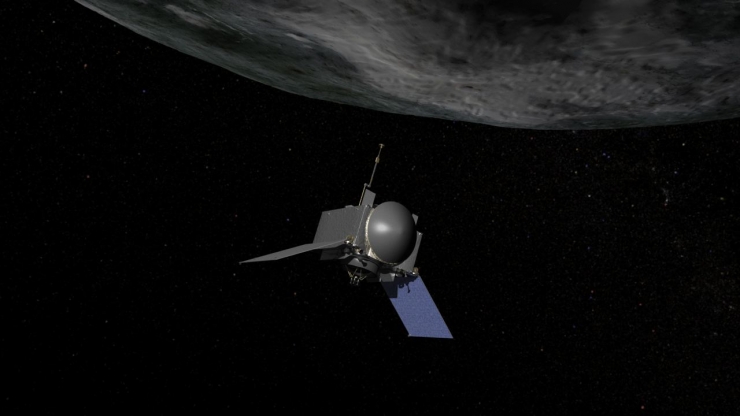NASA is going to explore the possibility of mining on asteroids

About mining at asteroids on Habré already written, and more than once. And indeed, the topic is interesting - after all, on Earth, minerals are depleted, moreover, very quickly, and, unfortunately, most of the resources are exhaustible. Therefore, some experts have long been talking about the need to launch mining projects in space, in particular, on asteroids. To test the possibility of mining in space conditions, NASA is going to launch a spacecraft, the purpose of which is to analyze the composition of the most common asteroid. "Asteroid mission" should begin in 2016 - it was then planned to launch the device.
Now scientists are most interested in two types of asteroids: "water" and "metal", or, at worst, stone-metal.
')
"Water": such asteroids contain large amounts of water. They are, in general, useless for earthlings, but can be an extremely valuable resource for future space colonists. After all, a single “water” asteroid can be enough for many, many years to supply the space colony. This type of asteroids is the most common, “water” asteroids about 75% in our Solar System.
Stone-metal (there are just stone, and just metal). In such asteroids a lot of iron, nickel and cobalt. In addition, there are gold, platinum, rhodium, rare earth metals and more. Of course, scientists and business representatives are most interested in metal asteroids with a maximum metal content.
NASA Mission
So, for a detailed study of the composition of one of the asteroids (Bennu), NASA is launching the OSIRIS-REx apparatus. The launch is scheduled for 2016. This device will be equipped with three spectrometers and other equipment, which will be very useful for the device in 2018, it was then planned to land on the asteroid.
The first spectrometer, infrared (OVIRS) will help to detect organic matter, if any. In addition, the asteroid's visible and infrared spectrum will be studied in detail.
The second spectrometer, Thermal Emission Spectrometer (OTES), will try to determine the composition of the asteroid, plus determine its temperature.
Finally, the Regolith X-ray Imaging Spectrometer will study in detail the side of the cosmic body that faces the Sun. This will allow scientists to understand what substances are contained in the surface layers of the asteroid.
The cameras installed on the device will photograph the surface of the cosmic body, after which the images will go to Earth. From these images, scientists will make a 3D model of the asteroid.
Among other things, OSIRIS-REx will collect samples of asteroid materials, and deliver them to Earth. Scientists believe that all this will help determine the composition of a typical asteroid, after which it will be possible to reasonably reason whether it is possible to open the season of "space miners", or it is just an impossible dream.
In addition to studying the composition of this space object, the device will study the motion of the asteroid, which will allow to obtain more data on how asteroids move in the Solar System.
By the way, quite recently 12 asteroids most accessible to humanity were named. More or less detailed information is here .
Via NASA
Source: https://habr.com/ru/post/189922/
All Articles